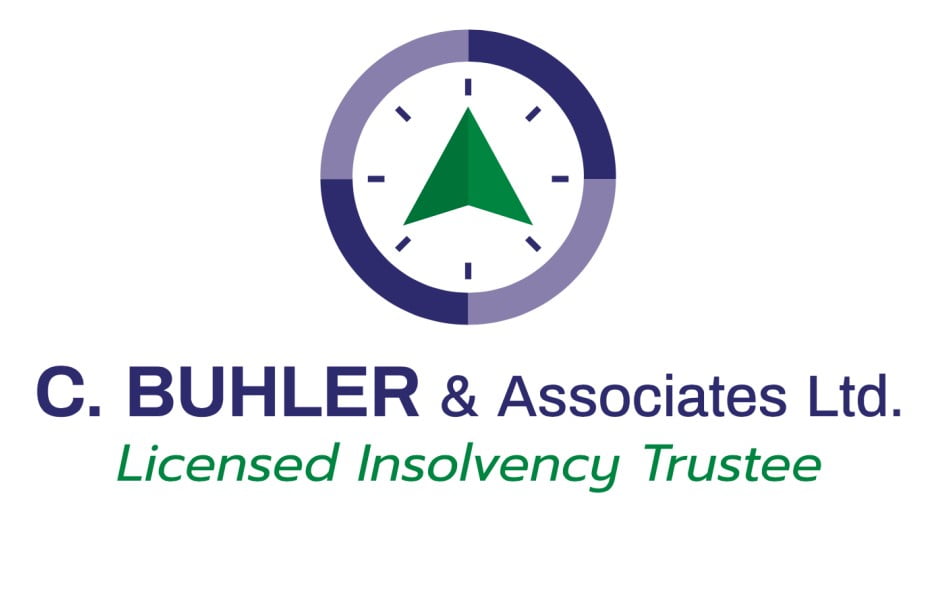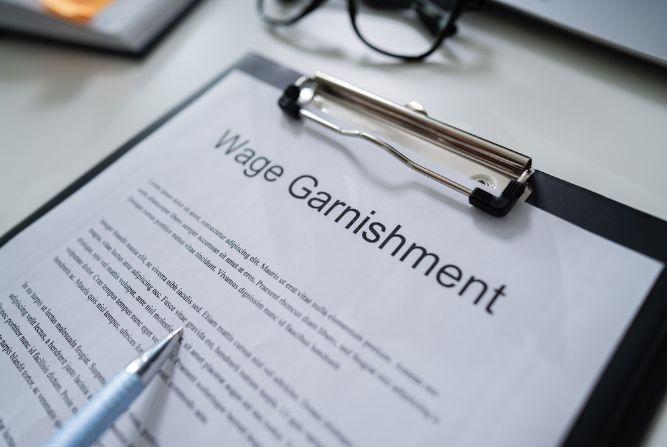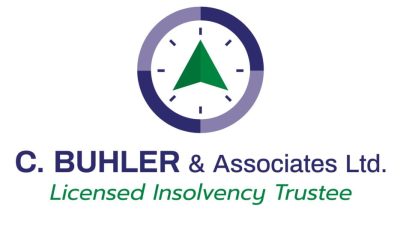Those experiencing wage garnishment in Manitoba may face financial hardship, especially if they’re already behind on repaying their debts. A creditor can issue a garnishment to ensure a debt is paid in full. Wage garnishments can make it difficult to keep up with other payments, such as a mortgage, rent, loans, credit cards, or utilities. Many hard-working individuals might feel uncomfortable or embarrassed with their employer knowing about the wage garnishment.
There are many unfortunate aspects associated with wage garnishments. Even if the debt is getting paid through a garnishment, your other financial commitments might suffer.
But there are potential ways out of wage garnishment in Manitoba that we’ll highlight below:
What Is Wage Garnishment?
The Garnishment Act allows a creditor to collect the debt owed to them through wage garnishments. In most cases, a creditor must sue the garnishee through the court system to receive a wage garnishment order. However, creditors don’t always need the court to get a wage garnishment order. The CRA (Canada Revenue Agency) can issue a wage garnishment if a debtor owes unpaid taxes without notice to the debtor, and without a Court Order.
An amount of up to 30% of a debtor’s earnings will be deducted from their wage by their employer through a wage garnishment order. The amount is then paid to the creditor until the debt has been repaid in full or the wage garnishment is lifted.
How Does Wage Garnishment Work?
The wage garnishment process can be complicated as it includes four parties: A debtor, a creditor, an employer, and the court.
To obtain a wage garnishment, a creditor must obtain a court date from court and notify the debtor about the hearing date. If the creditor can’t serve the debtor with court documents, they can get an Order of Substitutional Service and then proceed to court. While in court, the creditor must present evidence to support their case, and if the Court agrees, the judgment will be set for a specific amount of money.
All debtors can provide evidence surrounding their financial situation, whether it be about their income, dependents, etc. The court will then consider the case and make a ruling.
Who Can Garnish Your Wages in Manitoba?
Once the court issues a judgment, the creditor can serve an employer and the debtor with a copy, and a request for the employer to garnish the individual’s wage. Once the decision is final, the following events will happen:
- The creditor will send the garnishment order to the debtor’s employer.
- The employer withholds the amount detailed on the garnishment order from the debtor’s pay, and sends it to the court.
- The creditor applies to court to get that amount paid out to them.
The wage garnishment process will continue until the debt gets paid or you quit your job, or you file a Consumer Proposal or Bankruptcy.
How Much Can Be Garnished From My Wages?
According to the law, 30% of your wages can be garnished from your earnings, although certain government debts are not subject to this 30% limit.
Your net wages include:
- Bonuses
- Salary and Vacation pay
- Commissions
Canada Revenue Agency will be entitled to more than 30% of a debtor’s wages if they deem the funds to be trust funds.
When the court considers how much a debtor will pay under the wage garnishment act, it considers other factors that may impact their ability to pay.
While the maximum amount required to pay sits at 30%, the court may reduce the amount if a debtor can provide evidence of the following situations which would make it a hardship to pay 30%:
- Family circumstances
- Personal circumstances
- Household income
If a debtor is determined to be financially unstable due to the listed circumstances, the court will set a smaller amount to be garnished from their wage. For example, the court can assess a smaller amount to be garnished if a spouse or family member/dependant is disabled and without income.
How To Stop Wage Garnishment in Manitoba
As we mentioned, there are ways to avoid or stop wage garnishment, including:
Quitting The Job
While quitting the job can stop wage garnishment, it’s not a recommended tactic. Debtors may end up struggling to find another job and spend a prolonged period unemployed, and their debts will continue to grow as interest accumulates. The debt won’t vanish if a debtor suddenly quits their job; it only sits there until they find a new source of income. Once the debtor gets a new job, the creditor will generally locate the debtor’s next employer and serve the wage garnishment on the new employer. In addition, quitting a job can force a creditor to attempt to seize other assets, such as bank accounts, to satisfy the debt. Quitting work will only delay a wage garnishment, and the debtor will have to pay the amount eventually, unless they voluntarily pay the debt, or file a bankruptcy or a consumer proposal.
Paying Off The Debt
Unless a debtor is able to borrow or earn enough to pay off the debt in a short period of time, paying the debt in full isn’t always a viable alternative. In some cases, family members or friends may be able to bail them out of their debts.
Paying the debt will cause a wage garnishment to cease. If a debtor doesn’t have enough to pay off the whole debt, they can always make a lump sum payment, which will decrease the total owed, and shorten the garnishment.
It’s important to remember that all wage garnishment payments must go directly through the court, including extra payments.
Declaring Bankruptcy
Declaring bankruptcy might be the best solution to stop wage garnishment. When filing for bankruptcy, a stay of proceedings is put in place. During the stay of proceedings, creditors are unable to take action against the debtor, including stating or continuing a wage garnishment, or other collection efforts.
All debtors must understand that when filing for bankruptcy, they’re signing over their assets to a Licensed Insolvency Trustee. The upside is that most provinces, including Manitoba, have legislation that protects many assets necessary for daily living and work, during the bankruptcy process.
Those assets may include:
- Vehicles
- Personal effects
- Furniture
- RRSPs
- Pension plans
- Home equity
For most first-time bankruptcies, the process will last for 9 months. During that time, debtors must attend two credit counselling sessions and submit reports of their monthly income and expenses to their Licensed Insolvency Trustee.
If bankruptcy seems to be the right choice, contact our Trustee today to receive more information.
Filing a Consumer Proposal
Consumer proposals can be a viable option for many, especially for those who can pay a portion of their debt, even if they can’t pay everything in full.
A proposal is a legally binding agreement between a debtor and their unsecured creditors. Only a Licensed Insolvency Trustee can provide this debt relief option, and it starts by paying a set amount over a specific amount of time. These proposals usually take up to five years to complete. Upon completion, the debts will be wiped clean.
During a consumer proposal, a stay of proceedings is in place, similar to bankruptcy, and creditors won’t be able to take collection actions against their debtors.
Creditors can vote for or against the proposal. If the proposal is accepted, then the payments are set, no interest gets added, and all creditors must comply.
There are many ways you can stop a wage garnishment from adding stress to your financial situation. Contact a Licensed Insolvency Trustee to go over the alternatives, whether through consumer proposals or exploring bankruptcy options. You can count on us to help you find relief.





